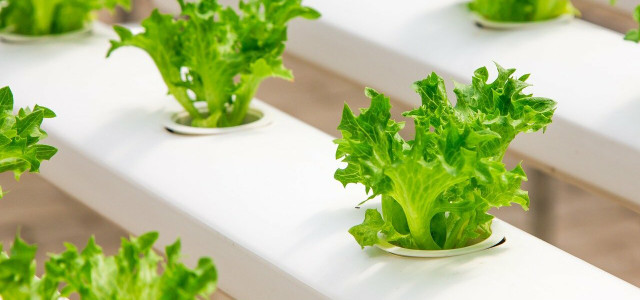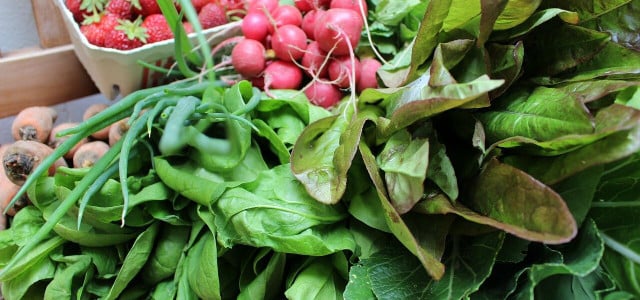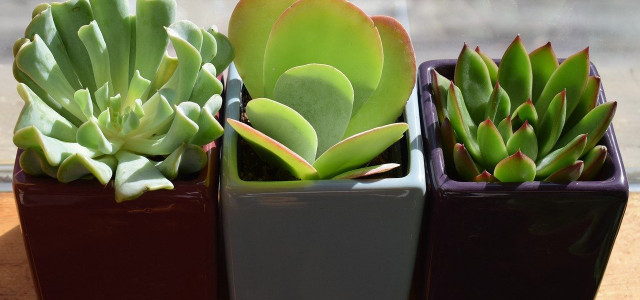Hydroponics refers to the method of growing plants without soil — just water and nutrients. Learn all about the what and why of hydroponic gardening as well as how to get started with hydroponics yourself.
Hydroponics is the practice of growing plants in water rather than soil. It’s a growing gardening trend that has caught on especially in urban areas. Since it doesn’t take up a lot of room, you can install your own hydroponic system and grow vegetables on a balcony or even your windowsill.
What Is Hydroponics? The Basics Explained
So how does it work? There are different kinds of hydroponics systems, but the basic idea is this:
- Seedlings are placed inside of net pots or another type of container that the plants’ roots can grow through.
- Underneath the pots there is a water tank filled with distilled water and fertilizer.
- In these Deep Water Cultures, the plant roots are constantly submerged in water, whereas in other systems, the roots are exposed in the air and watered continuously. We have explained the different systems in more detail further down below.
Before we get into the “how” of hydroponic gardening, let’s first take a look at where the method originated.
The Origins of Hydroponics
The term hydroponics was coined by Dr. William Gericke of the University of California, who experimented with the concept in the early 20th century and gave the science of soilless gardening its name, which is derived from the Greek words “hydro” for water and “ponos” for labor.
As a 1937 Time magazine report on his experiments pointed out, the practice of growing plants in water actually goes back centuries. Though neither the first nor the last to contribute to the science of soilless gardening, Dr. Gericke took it to new heights by producing crops that could economically compete with soil-grown crops. In the article, Time states that his experiments convinced several growers to make the switch from “regular” farming operations to hydroponics.
More commercial-scale farms have adopted hydroponics in recent years and it has become a popular vertical farming model.
In the following sections, you can read all about the advantages and disadvantages of hydroponics and how to build your own hydroponics system at home.
The Benefits: Growing in Small, Controlled Environments
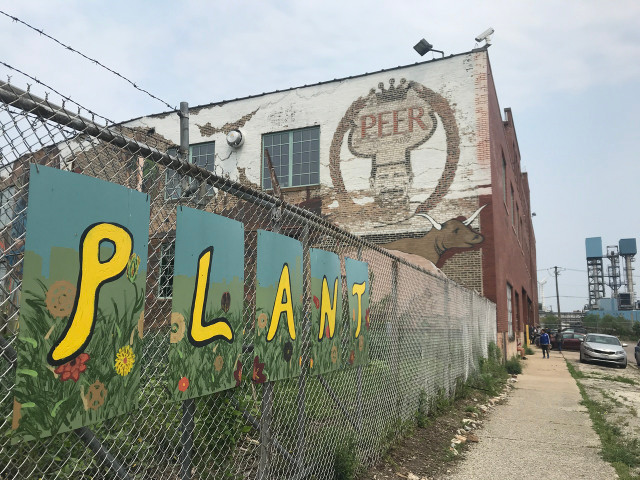


(Foto: Utopia / Sharon Hodge)
Cities are expanding outwards and space is becoming increasingly sparse and it can be difficult to source fresh, local produce. As opposed to conventional growing methods, hydroponic systems can be built in vertical layers in any small, controlled environment, thereby creating the possibility of large-scale growing operations where otherwise there couldn’t be any. Therefore, hydroponics is considered a future-oriented growing technique and a possible solution to some urgent problems, be it a lack of space and healthy soil or irregular weather patterns that can spoil the crops.
With a hydroponic system, you can:
- Optimally promote the growth of the plants by controlling the light, temperature, water and nutrient supply
- Grow vegetables year-round and ensure a steady crop production
- Reduce or abandon the use of chemical pesticides
- Reduce air pollution and CO2 emissions stemming from heavy farming machinery and long transport ways
Moreover, you don’t need to :
- water the plants every day
- replenish the nutrient solution as frequently
- weed the plants
Potential Disadvantages: Additional Materials
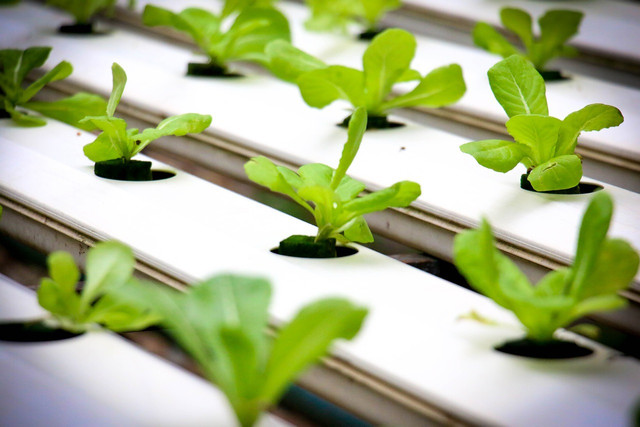


(Foto: CC0 / Pixabay / iamareri)
Despite all the positives about hydroponics, there are some drawbacks as well:
- Some hydroponic systems only work with electricity, reducing their sustainability factor.
- You need fertilizer for the nutrient solution. If you don’t want to use chemical fertilizer, you can make a homemade plant food nutrient solution from kitchen scraps or tea bags, which requires a bit more effort.
- Depending on the type of construction you choose, you will probably need to buy additional materials such as pumps or plastic containers for the water reservoir. However, with a little creativity, you can upcycle the parts you need to build your hydroponic system from plastic waste.
For farming operations, drawbacks include:
- Potentially high maintenance costs in urban spaces.
- Uncertainty regarding USDA Organic Certification: As noted by the ATTRA Sustainable Agriculture Program, “many agricultural specialists feel that a certified organic crop involves an entire soil ecosystem and natural system, not just the lack of pesticides and herbicides”.
- The organization also notes that only a limited number of crop species are sustained in vertical farms due to their focus on fast-growing, profitable vegetables that don’t need to be pollinated.
How to Build Your Own Hydroponic System at Home
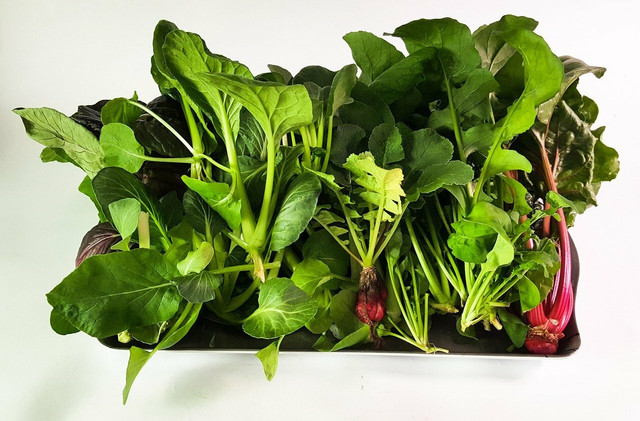


(Foto: CC0 / Pixabay / Rubymew)
Let’s break it down: plants grown in a hydroponic system require
- pure water with a pH of 5.5 to 6.5 (also depending on the type of plant),
- nutrients,
- the right temperature and
- lighting conditions as well as
- oxygen.
Because in Deep Water Culture, the roots are dangling inside the water continuously, you need to use a pump to supply them with oxygen. This makes it an active hydroponics system, as opposed to passive variations described below.
You can start with a ready-made hydroponics kit, or, if you’re creative and good with your hands, you can also build a simple system yourself.
To build a Deep Water Culture system, you need the following:
- Large container or bucket with a lid to use as a water reservoir: try to use a container not made out of plastic — this could be a used glass aquarium for instance. If you cannot find a good alternative, use an upcycled food grade plastic container.
- Net pots — the market is saturated with plastic models, so look for biodegradable net pots if you can
- Aquarium pump with aeration stone
- Plant substrate (for instance pumice stone, clay pellets or coconut fiber) refers to the substance in which a plant grows. Since hydroponic systems don’t use soil, you need some other kind of growing medium to support the roots
- Hydroponic fertilizer (choose a formula depending on the crops you are going to plant)
- Electric drill with a hole saw
- Plant seedlings: Suitable plants for your hydroponic system include lettuce, spring onions, strawberries, and herbs
Step-by-step instructions:
- Choose the space where you want to keep your hydroponic garden. You should do this first because once assembled, the container will be quite heavy and difficult to move.
- Drill holes into the lid of the container using the hole saw. The holes should be big enough to fit the net pots, without them falling through. If you’re not using a plastic lid that you can drill through, you’ll need to find another way to suspend the plants into the water. You could try to attach them to sides of the tank or use a wooden board as a lid instead.
- Assemble the air pump and place the aeration stone inside the box. The pump itself must remain outside of the container.
- Fill the container with distilled water, leaving just a little bit of space at the top.
- Add fertilizer according to the instructions on the package.
- If you are using seedlings, carefully rinse the roots to remove the soil, then place the plants and plant substrate inside the net pots.
- Secure the lid, then push the net pots through the holes, so they become fixed to the lid.
- Switch on the pump. You should aerate your plants every 30 minutes for about 15 minutes. A timer will help with this.
If you need additional guidance on how to build your Deep Water System, you can find detailed video tutorials on YouTube.
Active vs. Passive Hydroponics System
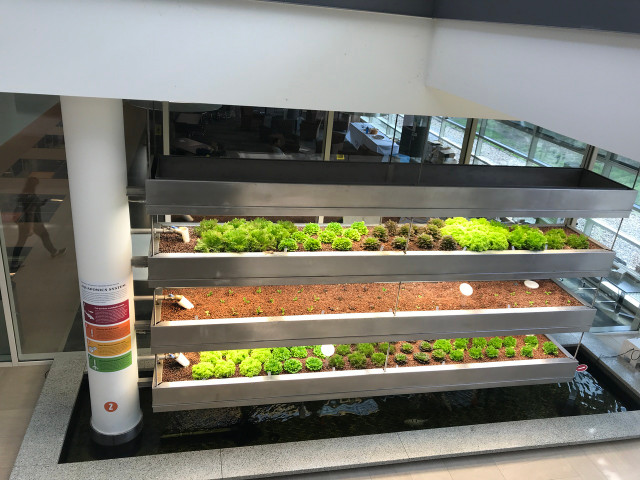


(Foto: Utopia / Sharon Hodge)
The system described above is an active system, in which the nutrient solution is moved by a pump. In a Deep Water Culture, the roots of your plants are constantly dangling in the nutrient solution. An air pump permanently supplies the water with oxygen from below, thus preventing the plants from drowning. Without the added oxygen, the roots will eventually rot, causing the plants to die.
Other active hydroponic systems:
- Ebb-and-flow system: The roots are not permanently suspended in water. A nutrient solution is pumped to the roots at regular intervals. When the pump is switched off, the water flows back into the reservoir, leaving the roots to hang freely so they can take in oxygen.
- The Nutrient Film Technique: This works similarly to the ebb-and-flow system. The plants are arranged in a row inside a long, tube-shaped container, which is tilted. The nutrient solution is pumped to the higher end of the tube, from where it flows back into the reservoir at the lower end.
Active systems of hydroponics are more complicated in construction. They have elements that need to be powered by electricity, for example pumps or temperature controllers. On the other hand, all plants that bear fruit above ground can theoretically be cultivated in active systems.
In a passive system, the plant gets its nutrients through a capillary or wick system, no motor or pump is required:
- One way to build a passive system is to cultivate the plant in substrate and place a container with a solution of water and nutrients underneath. The plant will gather nutrients through its roots. This method is similar to Deep Water Culture but works without a pump. How? You simply leave a gap between the water surface and the container holding the plant with the substrate, so that a significant part of the roots is hanging in the air and exposed to oxygen. The bottom part should be hanging in the nutrient solution, so that the roots are also constantly supplied with water.
- In a wick system, the substrate container and the water reservoir are connected by wicks – thin tubes through which the plant draws the nutrient solution.
- In a passive system without substrate, you use a net through which your plant can stretch its roots. You place it in a pot over the water reservoir with nutrient solution so that the root ends partially protrude into the water.
Read on:
- Kitchen Herb Garden: Grow Your Own
- Growing Sprouts in a Jar: How to Grow Sprouts at Home
- What You Can Compost, What You Can’t — and Why
Do you like this post?






